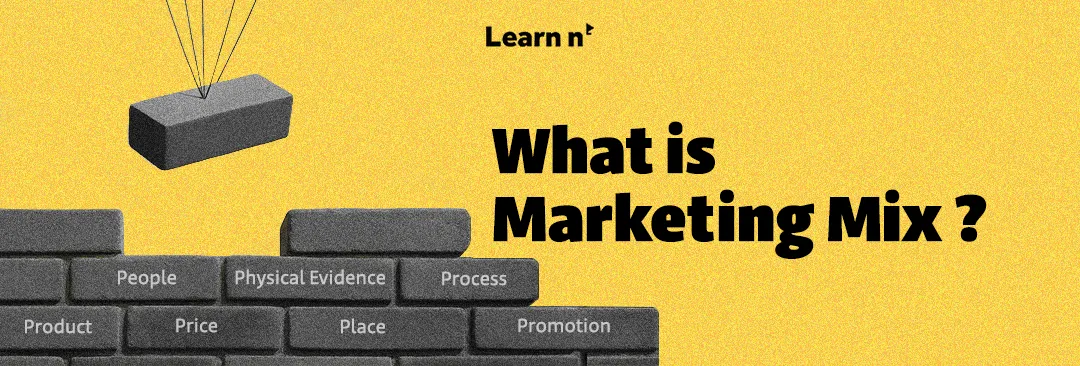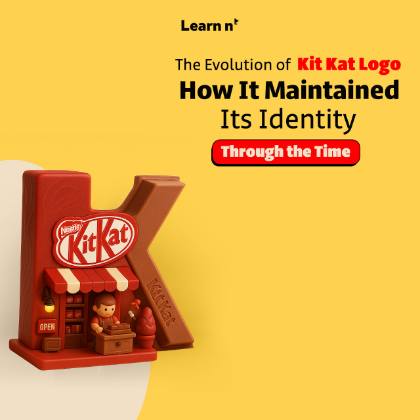
If you are a business owner or work in marketing, you’ve surely heard about “Marketing Mix” or the “4Ps in traditional marketing.” But have you ever wondered how to practically use these tools to build a successful marketing plan that meets your audience’s needs and helps you achieve your goals? In this blog, we will simply explain the basics of the marketing mix, its evolution, and the key elements you should focus on whether you are marketing a product or a service.
Definition of Marketing Mix
The marketing mix is a set of elements that companies use to promote a product or service in an integrated manner. Every decision made regarding price, product, place, or promotion impacts the other elements, creating a clear and cohesive marketing strategy.
Origin and Evolution of the Marketing Mix Concept
The term "marketing mix" first appeared in the 1950s, coined by the scholar Neil Borden, who developed the concept based on the ideas of James Culliton. However, it was Jerome McCarthy who simplified the concept and helped popularize it by defining the four fundamental elements known today: product, price, place, and promotion.
With the evolution of marketing, especially in the service sector, it became necessary to expand this model to include additional aspects that directly affect the customer experience. This led to the emergence of the 7Ps model, which added three new elements to the original four.
Read More about: How Did Dettol Reach 16 Billion Views on TikTok with a Creative Campaign?
Elements of the Traditional Marketing Mix (4Ps)
Product:
This refers to what the company offers to the market, whether it’s a tangible product like clothing or bottled water, or a service such as insurance or consulting. The product must be designed to meet the actual needs of customers, considering factors like quality, design, functionality, and even packaging, all of which impact the overall customer experience.
Price:
Price is the monetary value the customer pays to acquire the product or service. Setting the right price goes beyond production costs; it must take into account the perceived value by the customer, their purchasing power, and competitor pricing. Smart pricing strategies can significantly influence sales volume and the brand’s perception.
Place:
This element concerns how the product is distributed or how the service is delivered to customers. Whether through traditional retail stores, online sales, or distribution partners, choosing the right channels ensures customers can easily access the product.
Promotion:
Promotion is about all marketing efforts aimed at informing customers about the product and encouraging them to make a purchase. This includes advertising, sales promotions, public relations, digital marketing, and email campaigns. Successful promotion goes beyond simply showcasing the product; it involves building a positive mental image of the brand in customers’ minds.
Read More: The Story Behind Kit Kat Logo: How It Evolved While Retaining Its Unique Identity?
The Extended Marketing Mix (7Ps)
With the evolution of the marketing concept, especially in the service sector, it became essential to expand the traditional marketing mix model to include three additional elements, placing greater emphasis on the customer experience.
People:
This element includes everyone who interacts with the customer during the purchase journey or service delivery, such as customer service representatives, salespeople, or even influencers associated with the brand. Their behaviour, attitude, and communication skills directly impact the customer's impression and satisfaction.
Process:
These are the steps and procedures a company follows to deliver a product or service. For example: ease of ordering, clarity of the purchase steps, waiting time, and responsiveness to inquiries or issues. The more organized and seamless the process, the more comfortable and confident the customer feels with the service.
Physical Evidence:
Although services are intangible, there are always physical elements that reinforce customer trust, such as the appearance of the location, website design, brochures, or even customer reviews and testimonials. All of these elements play a role in shaping the customer’s final impression of the brand.
The Importance of the Marketing Mix in Strategy
When the elements of the marketing mix are thoughtfully integrated, the overall marketing plan becomes more effective and grounded in reality. This integration contributes to:
- Delivering a consistent and seamless customer experience, which boosts satisfaction and encourages deeper engagement with the brand.
- Differentiating your brand in the marketplace by offering a clear and unique value proposition.
- Sharpening marketing priorities—whether in promotion, product development, or resource allocation.
- Enabling smarter decisions around pricing, distribution, and promotion based on a deeper understanding of customer behaviour and needs.
In the end, marketing isn't just about making a sale—it's about building a long-term relationship with the customer, which begins with the first point of contact and continues well beyond the purchase. A well-executed marketing mix is key to making that relationship possible.
The Difference Between Marketing Mix for Products and Services:
|
Characteristic |
Products |
Services |
|
Tangibility |
Yes |
No |
|
Can be stored |
Yes |
No |
|
Customer interaction |
Relatively minimal |
Essential and direct |
|
Physical evidence |
The product itself |
Environment, interaction, reviews |
As a result, companies that provide services must place greater emphasis on the three additional elements in the 7Ps model: People, Process, and Physical Evidence. These components play a critical role in delivering a consistent and positive customer experience—key to building long-term trust and customer retention.
Common Mistakes When Applying the Marketing Mix
- Focusing on a single element while neglecting the others.
- Imitating competitors without thoroughly understanding your own target audience’s needs.
- Failing to update the strategy in response to market changes.
- Treating the mix as a checklist of separate components instead of an integrated system that works together.
Conclusion
The marketing mix is far more than a theoretical concept—it’s a practical tool that any business owner or marketer can use to build a strong brand and engage their audience in a structured, effective way. Whether you're running a startup or working within a large organization, understanding and applying the marketing mix in a balanced manner empowers you to make smarter decisions and achieve tangible results.
Always keep your strategy flexible. Monitor market shifts, listen to your customers, and be ready to adjust your marketing mix when needed. This simple habit could be the difference between a successful campaign and one that falls short of its goals.

Author
Learn n’ Digital Team













